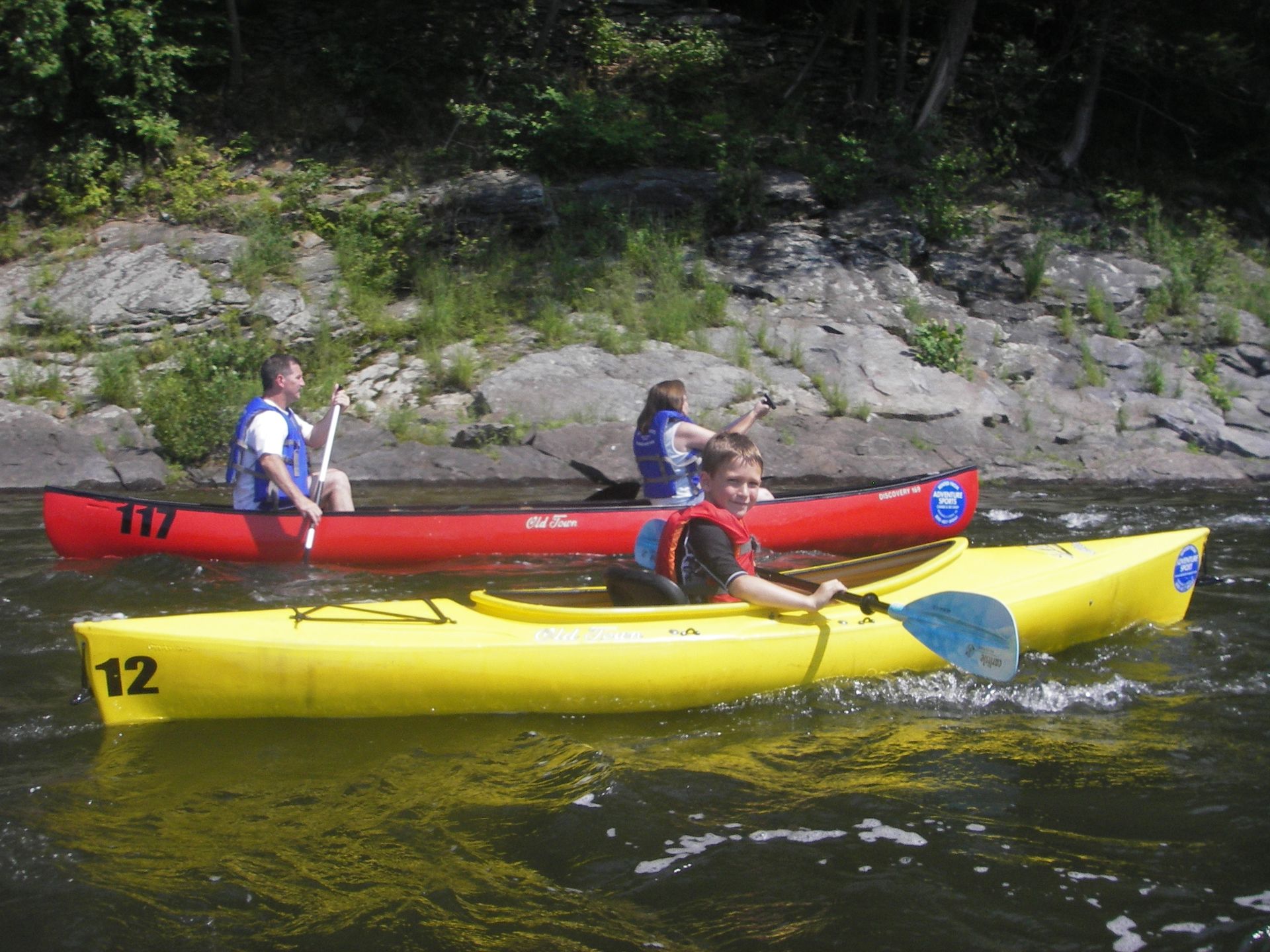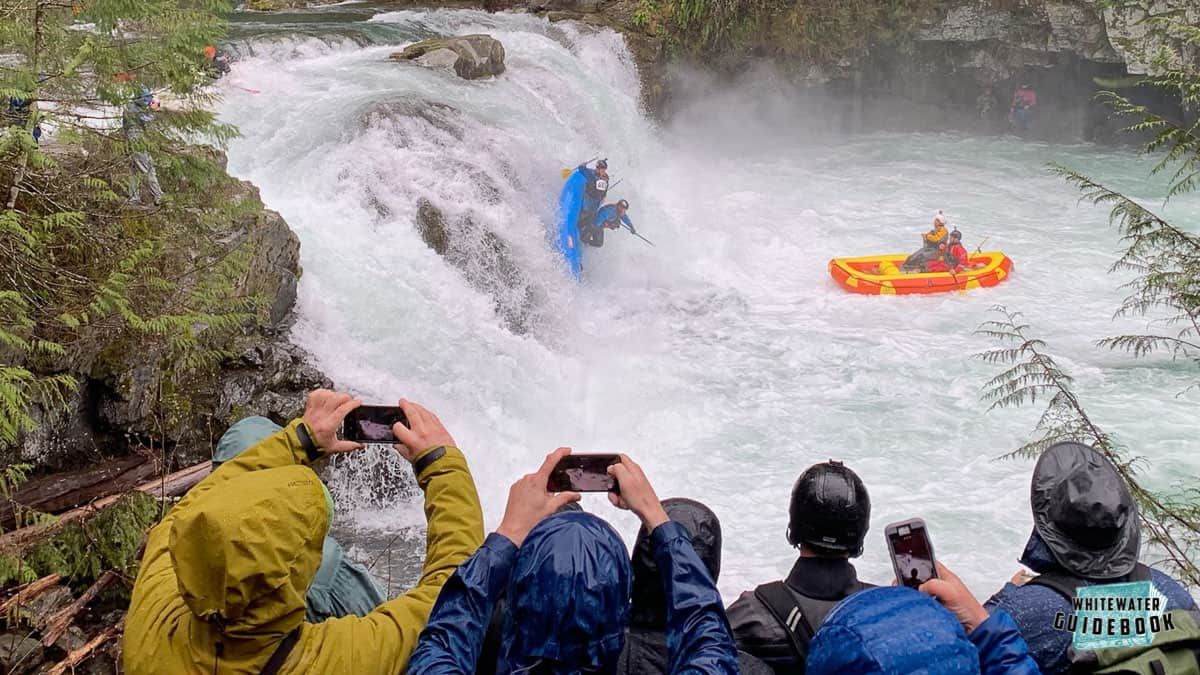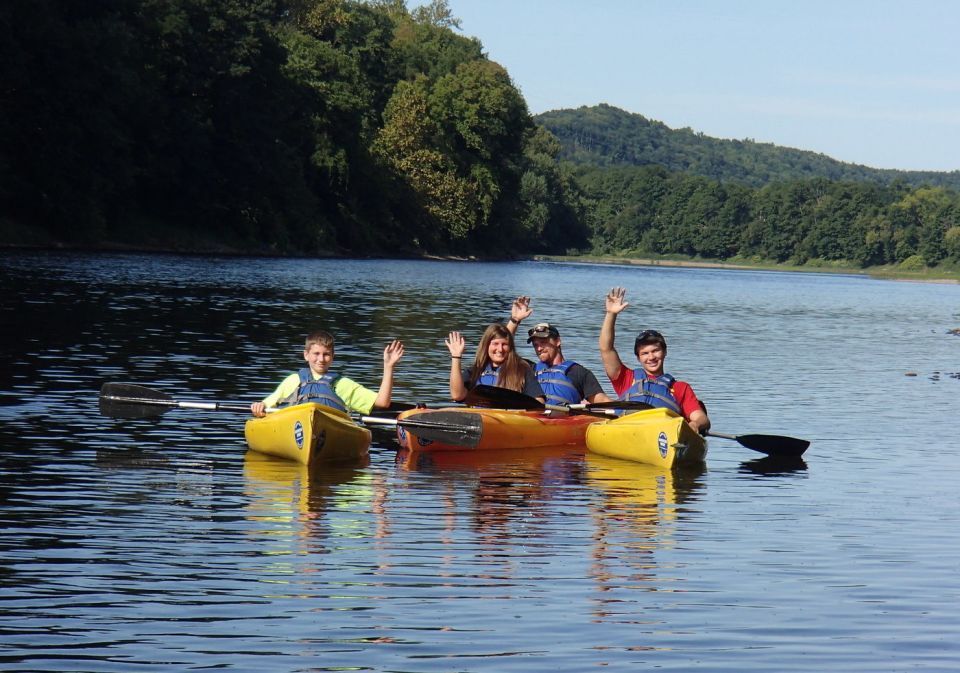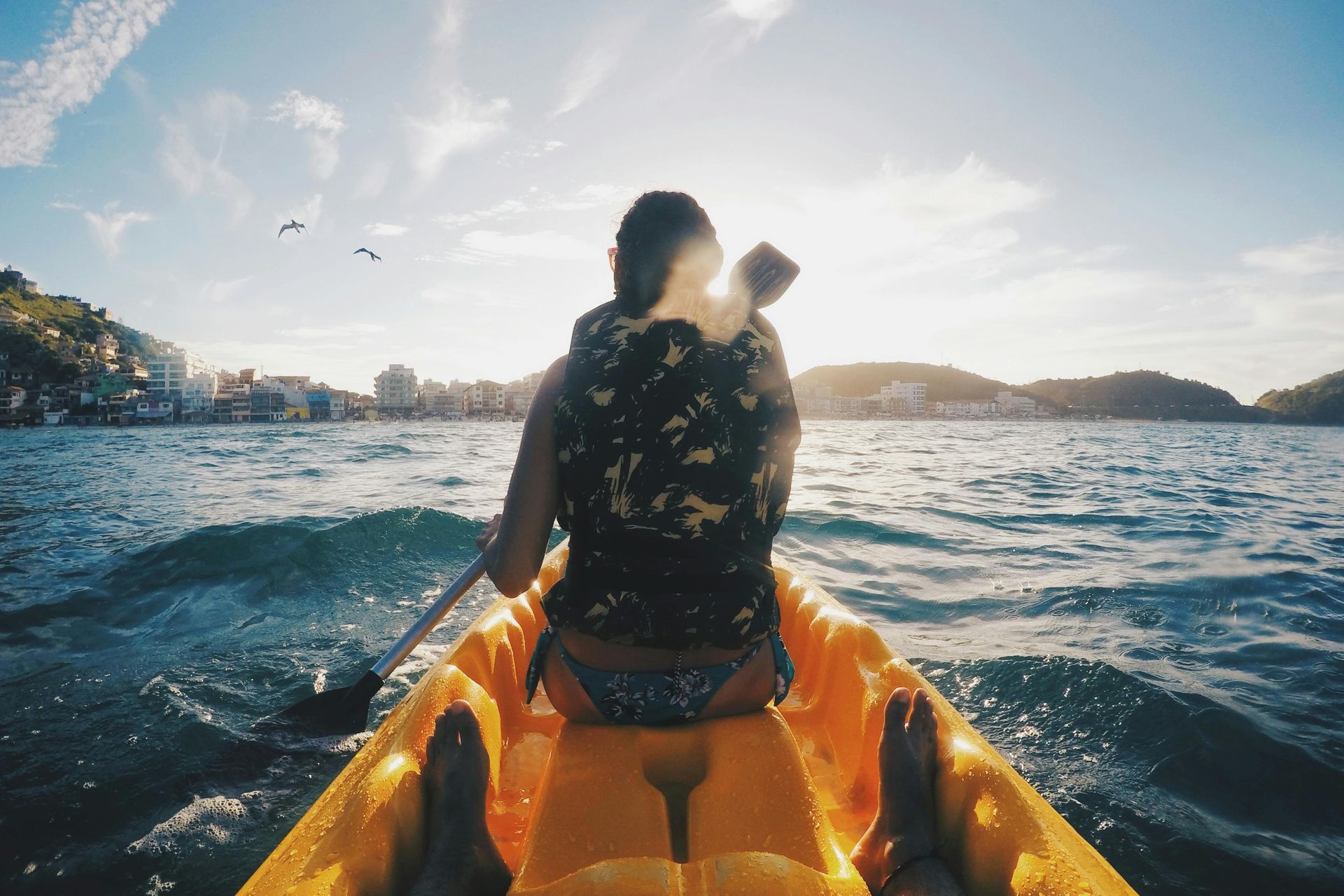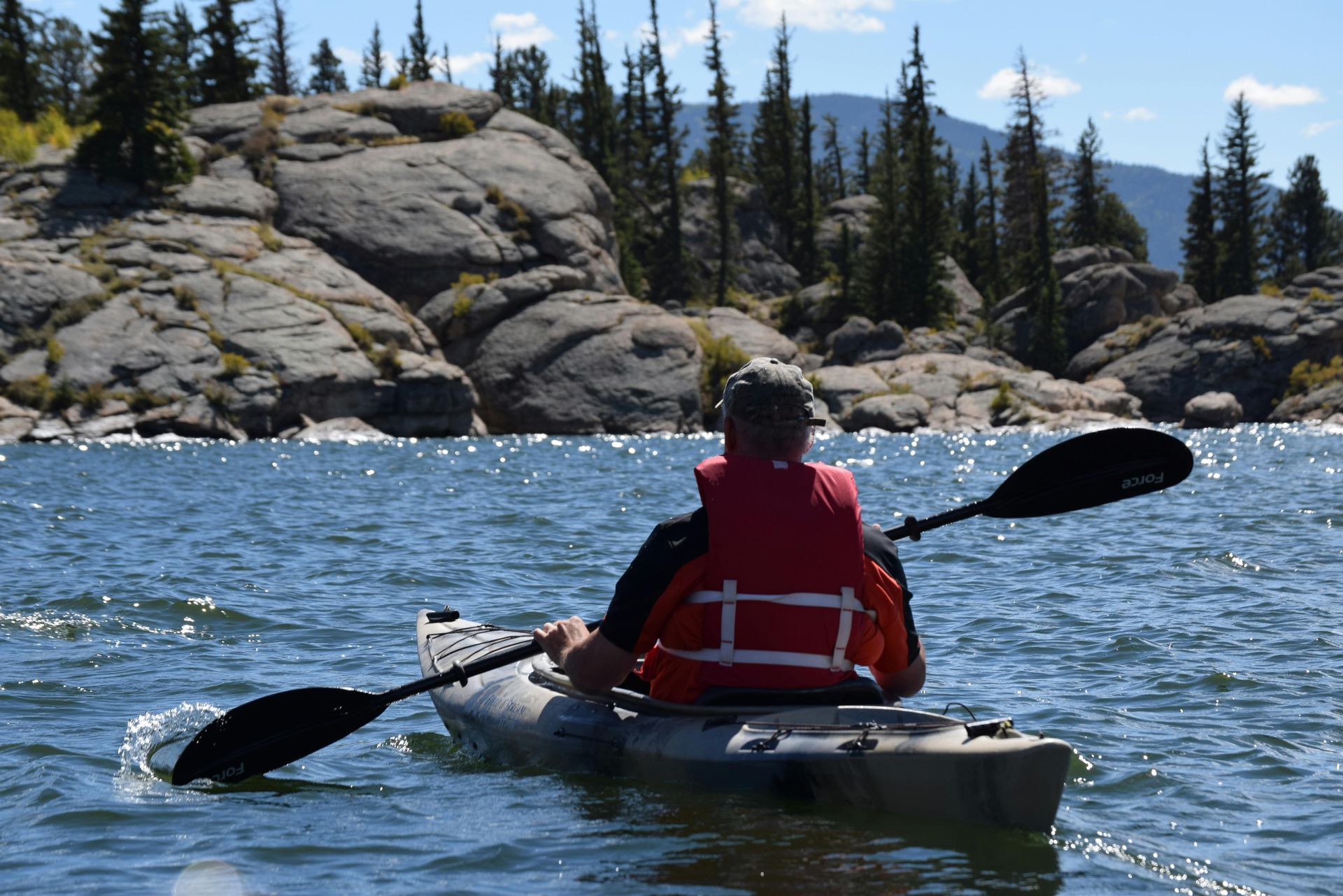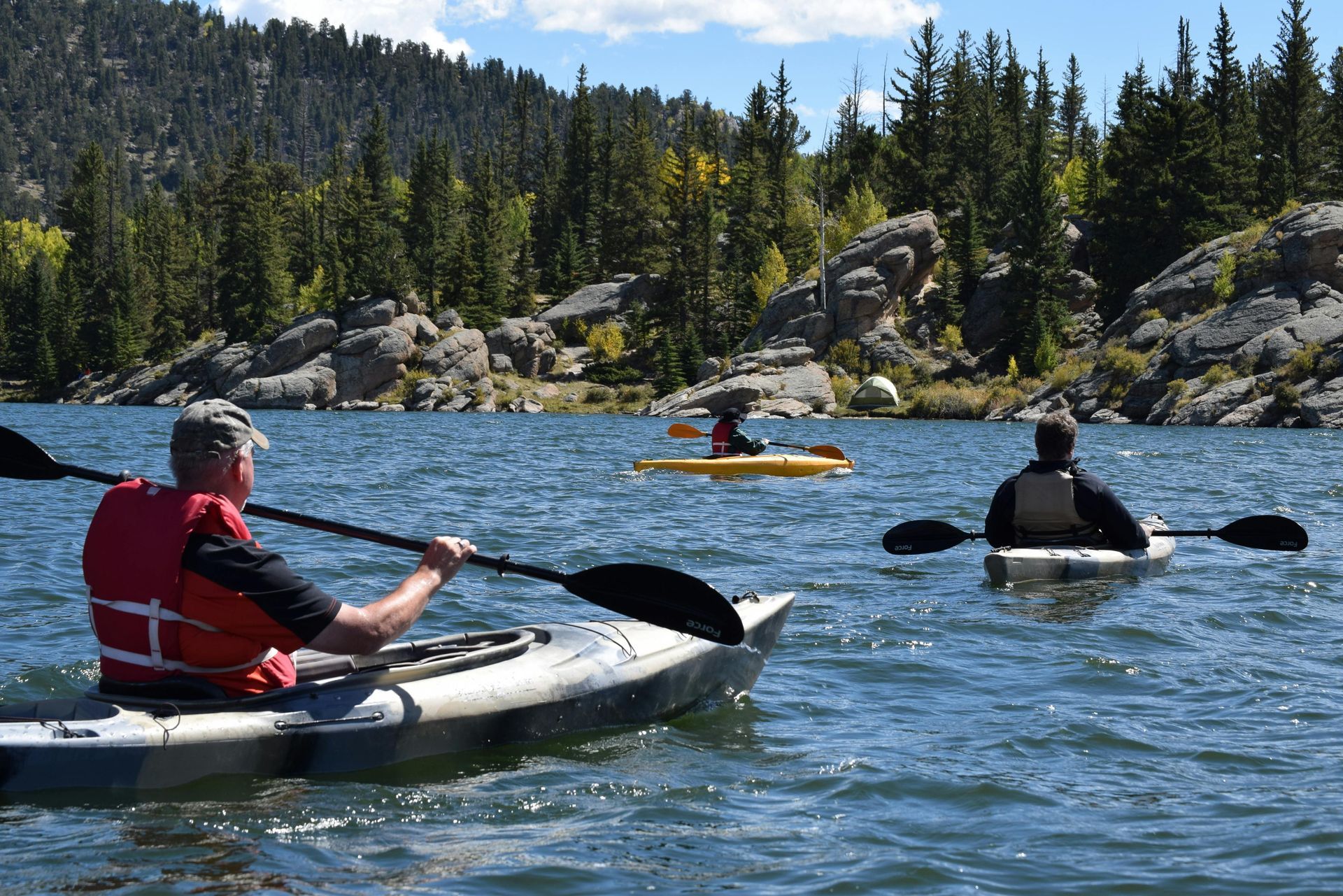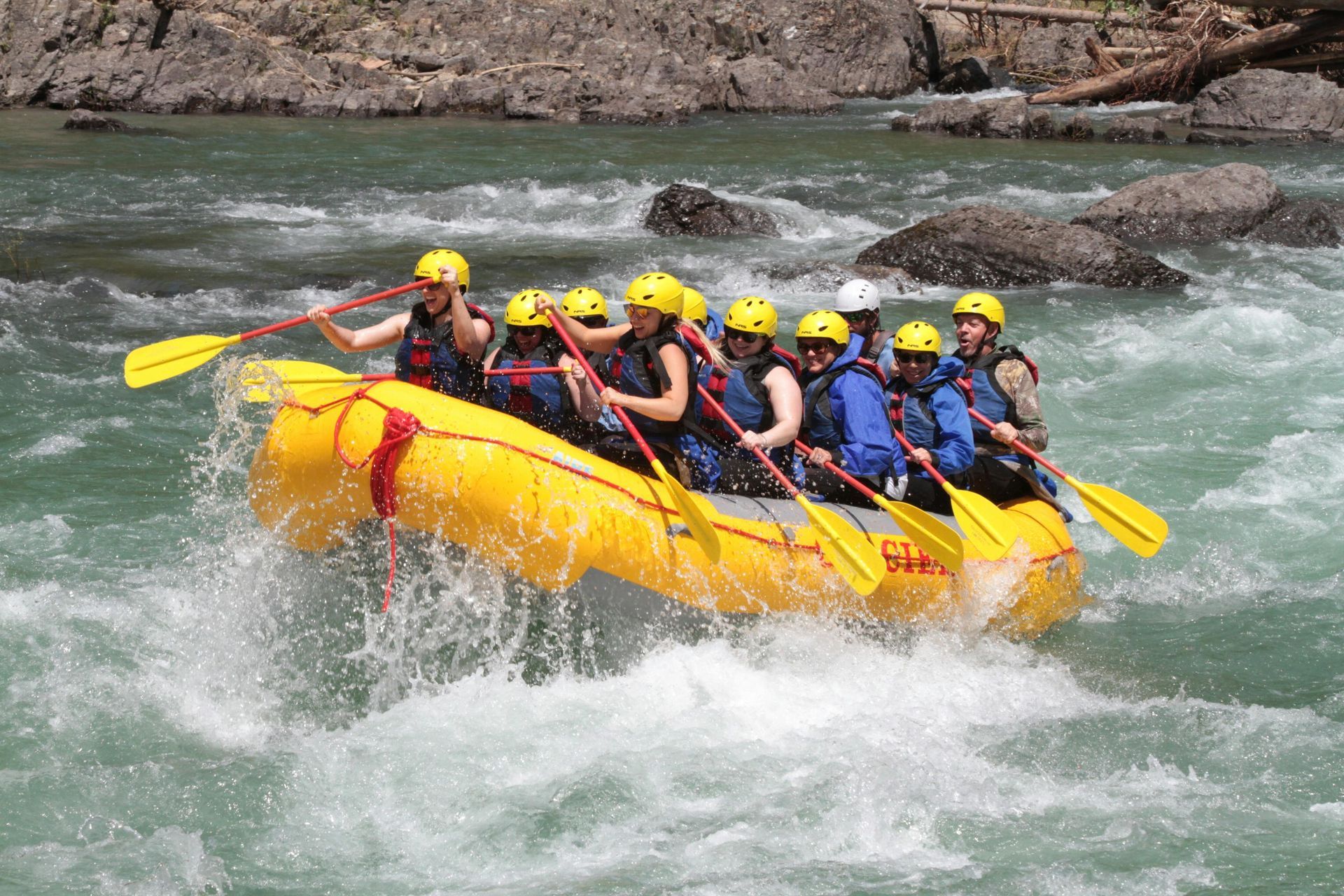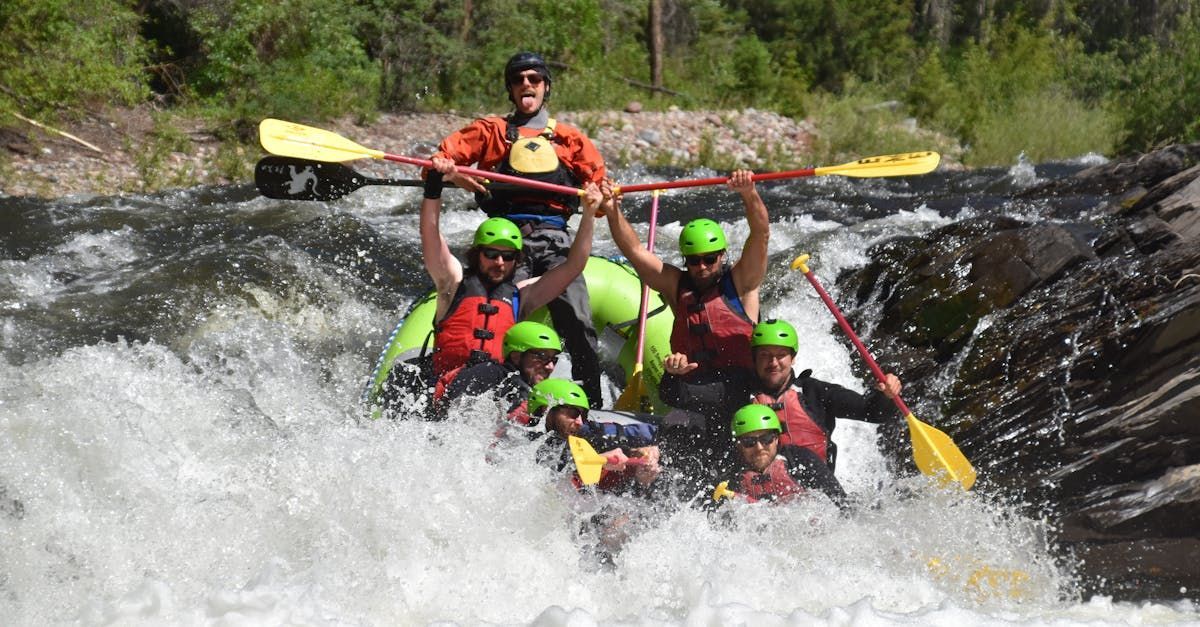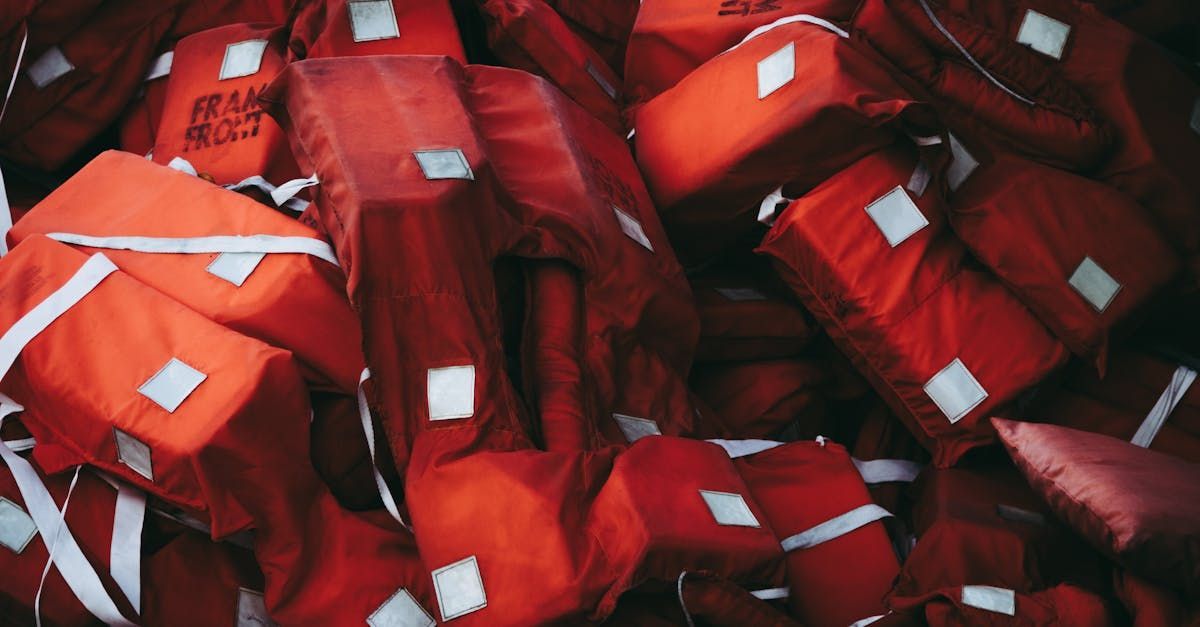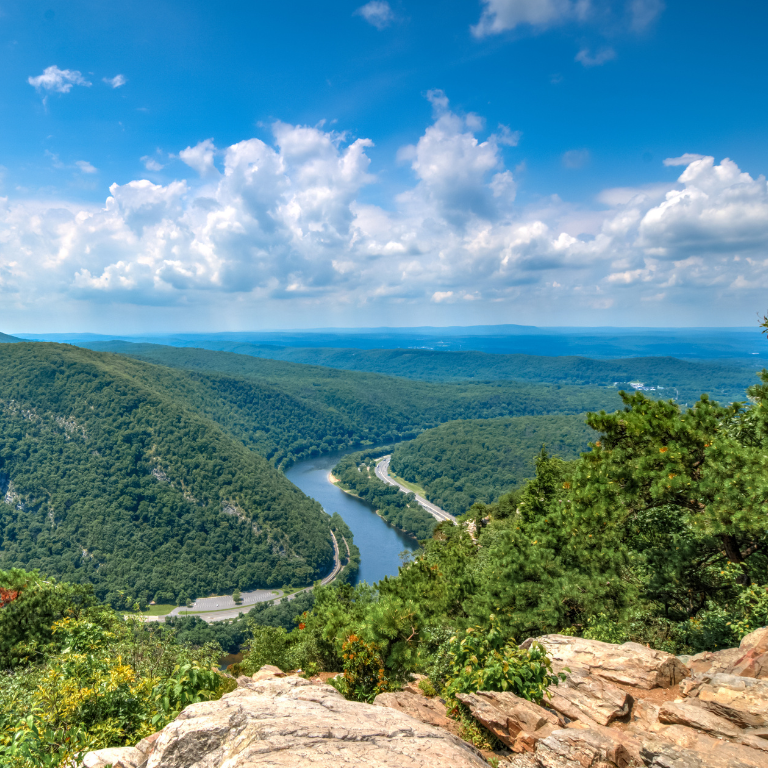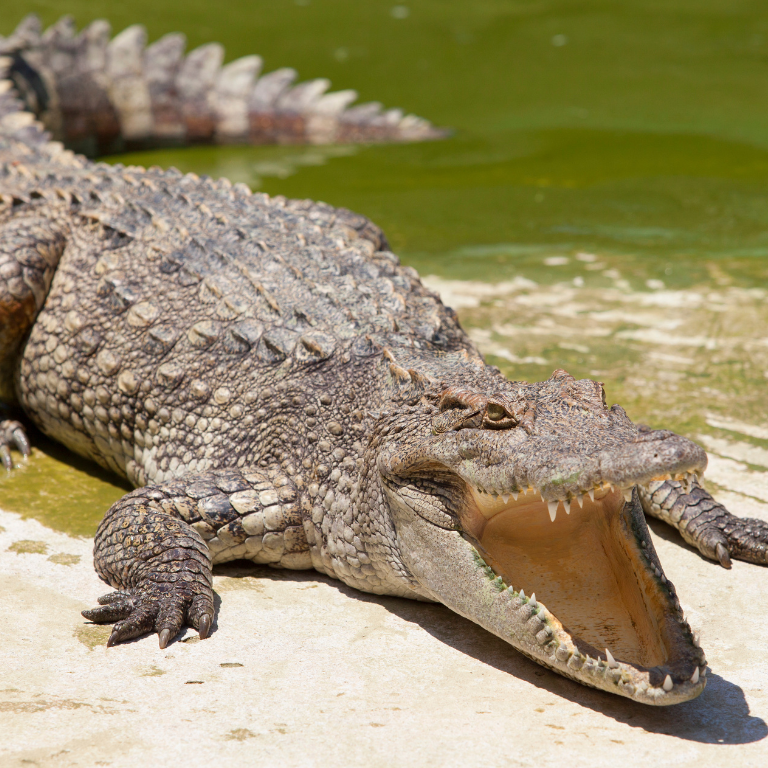Top 5 Must-Try Water Adventure Sports for Thrill-Seekers in 2025
2025 is shaping up to be an exciting year for thrill-seekers and
water sports enthusiasts. Whether you're looking to ride the rapids or explore serene waters, there's something for everyone. In this article, we'll explore the top five must-try
water adventure sports that
promise an adrenaline rush and unforgettable experiences. So, grab your gear and get ready for an aquatic adventure like no other!
Photo By: Whitewater Guidebook
1. Whitewater Rafting
Whitewater rafting continues to be a favorite among adventure sports enthusiasts. The thrill of navigating through challenging rapids on a whitewater rafting boat is unmatched. In 2025, several new locations and enhanced safety measures are making this sport more accessible and exciting than ever.
Safety Tips for Whitewater Rafting
- Always wear a life jacket and helmet.
- Listen to your guide and follow their instructions closely.
- Be aware of your surroundings and stay focused on the rapids ahead.
2. Canoeing
Canoeing is a versatile water sport that allows you to explore both calm lakes and flowing rivers. It's perfect for those who want a mix of adventure and tranquility. Whether you're a beginner or an experienced paddler, canoeing offers a unique way to connect with nature.
How to Use a Canoe
For those new to canoeing, here's a quick guide:
- Getting Started: Start by sitting in the canoe with a straight back and your knees slightly bent.
- Holding the Paddle: Grip the paddle with one hand on the top and the other about halfway down the shaft.
Paddling Technique: Use a smooth, sweeping motion to push the water back, alternating sides to keep the canoe moving straight.
3. Kayaking
Kayaking offers a thrilling experience for those who love navigating through challenging waters. Whether you prefer sea kayaking or tackling rapids, this sport is perfect for thrill-seekers.
Types of Kayaking
- Whitewater Kayaking: Navigating through fast-moving rapids and challenging obstacles.
- Sea Kayaking: Exploring coastal waters and enjoying the beauty of the open sea.
- Touring Kayaking: A leisurely paddle through lakes and gentle rivers.
Essential Gear for Kayaking
- A sturdy kayak suited for the type of water you'll be exploring.
- A life jacket and helmet for safety.
- A paddle, preferably lightweight and durable.
4. Jet Skiing
For those who love speed and excitement, jet skiing is a must-try water sport. The thrill of racing across the water on a jet ski is hard to beat. With advancements in technology, 2025 promises more powerful and eco-friendly jet skis for an unforgettable ride.
Safety Tips for Jet Skiing
- Always wear a life jacket and ensure your jet ski is in good condition.
- Be aware of your surroundings and keep a safe distance from other watercraft.
- Follow local regulations and guidelines to ensure a safe ride.
5. Stand-Up Paddleboarding (SUP)
Stand-up paddleboarding has gained immense popularity in recent years. It's a great way to explore calm waters while getting a full-body workout. Whether you're paddling on a serene lake or riding small waves, SUP offers a unique experience for water sports enthusiasts.
Getting Started with SUP
- Choose the Right Board: Select a board that suits your skill level and the type of water you'll be paddling on.
- Finding Your Balance: Start by kneeling on the board and gradually stand up, keeping your feet shoulder-width apart.
- Paddling Technique: Use a long paddle, keeping your arms straight and using your core to power your strokes.
Photo By: Pocono Mountains
Conclusion
At Adventure Sports, we’re excited to see what 2025 holds for passionate thrill-seekers! Whether you're navigating the intense currents on a whitewater rafting boat, gliding through serene lakes in a canoe, or honing your skills in kayaking, there are endless opportunities to embrace adventure on the water. Each of these sports not only offers an adrenaline rush but also a chance to connect deeply with nature.
Our commitment to providing top-notch equipment and expert guidance ensures that you can embark on these adventures safely and confidently. Stay ahead of the curve by choosing the right gear and knowing the best practices for paddling, navigating rapids, and enjoying the scenic beauty that awaits.
Are you ready to dive into your next water adventure? Visit our website for more tips, resources, and to book your next kayaking, rafting, or canoeing expedition.
Contact us and discover why Adventure Sports is your go-to destination for unforgettable water adventures in 2025!
